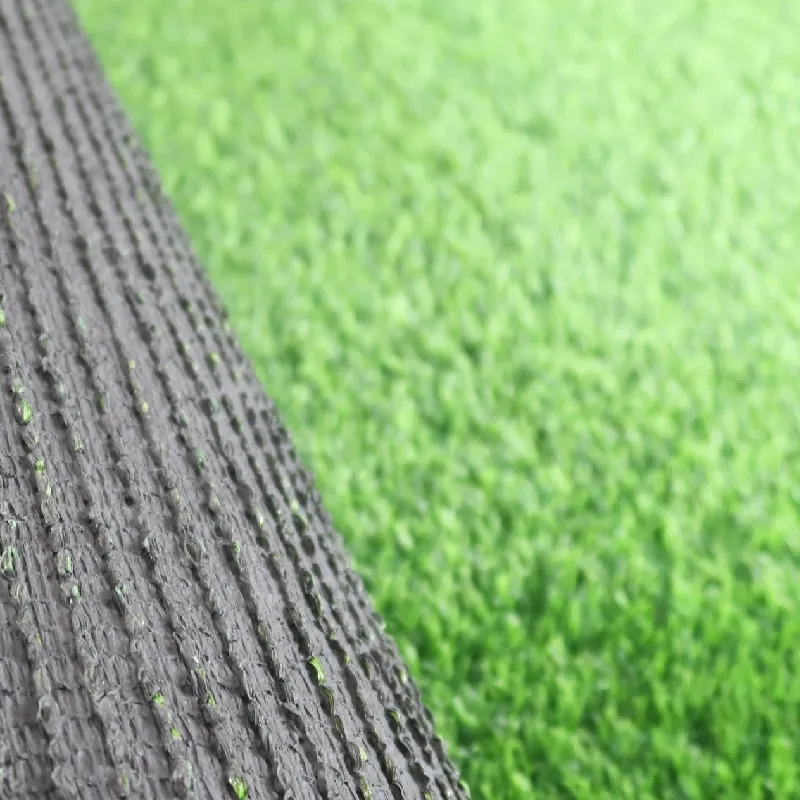
- Afrikaans
- Arabic
- Belarusian
- Bengali
- Czech
- Danish
- Dutch
- English
- Esperanto
- Estonian
- Finnish
- French
- German
- Greek
- Hindi
- Hungarian
- Icelandic
- Indonesian
- irish
- Italian
- Japanese
- kazakh
- Rwandese
- Korean
- Kyrgyz
- Lao
- Latin
- Latvian
- Malay
- Mongolian
- Myanmar
- Norwegian
- Persian
- Polish
- Portuguese
- Romanian
- Russian
- Serbian
- Spanish
- Swedish
- Tagalog
- Tajik
- Thai
- Turkish
- Turkmen
- Ukrainian
- Urdu
- Uighur
- Uzbek
- Vietnamese
Exploring the Benefits and Challenges of Artificial Turf in Baseball Fields
Nov . 24, 2024 17:25 Back to list
The Evolution of Baseball Artificial Turf's Impact on the Game
Baseball, often referred to as America’s pastime, has a long and cherished history that dates back to the 19th century. Throughout its evolution, the sport has seen various changes in equipment, rules, and even playing surfaces. One of the most significant innovations in this context is the introduction of artificial turf. Initially developed in the 1960s, artificial turf has since revolutionized the way the game is played and enjoyed, bringing both advantages and challenges to the field.
The first notable installation of artificial turf was at the Houston Astrodome in 1966, prompting an era of experimentations with synthetic playing surfaces. Designed to mimic the characteristics of natural grass, artificial turf offered an attractive solution for stadiums unable to maintain healthy grass due to weather conditions or heavy usage. Stadiums in regions with harsh climates began adopting this innovative surface, allowing teams to play year-round without concerns for weather-related outages or field maintenance. This aspect was particularly transformative for Major League Baseball (MLB), as it provided a consistent playing surface that ensured fewer game cancellations.
The Evolution of Baseball Artificial Turf's Impact on the Game
However, the transition to artificial turf has not been without its controversies. One major concern raised by players and coaches is the risk of injuries, especially related to joint and soft tissue damage. The hard, inflexible nature of artificial turf can create a higher likelihood of ankle sprains and knee injuries when compared with natural grass. Despite ongoing advancements in turf technology aimed at improving player safety—such as the development of more forgiving surfaces—some athletes still prefer the traditional feel of grass.
baseball artificial turf

Another argument against artificial turf revolves around the aesthetic and psychological aspects of the game. For many fans and players, the smell and appearance of natural grass evoke a strong connection to baseball's history and tradition. The warmth of a sunny day spent playing on a grass diamond is an undeniably nostalgic experience. Conversely, artificial surfaces can sometimes detract from this experience, appearing too sterile or synthetic, which may diminish the visceral connection to the game.
Despite its drawbacks, artificial turf has significantly influenced the economics of operating a baseball franchise. Teams save money on maintenance costs associated with natural grass, which requires consistent mowing, watering, and pesticide treatment. Furthermore, the uniformity offered by synthetic surfaces can lead to enhanced performance analytics, allowing teams to study ball movement and fielding efficiency more accurately. This data can play a pivotal role in strategy development and player training.
As baseball continues to evolve, the debate surrounding artificial turf versus natural grass remains. Each surface has its respective advantages and challenges that impact players, teams, and fans alike. While artificial turf has undeniably made the game more accessible in many ways, the romantic notion of baseball played on a lush green field will likely never fade.
In conclusion, the introduction of artificial turf has reshaped the landscape of baseball, affecting how the game is played, perceived, and managed. As technology advances and the game adapts, one thing is certain baseball will continue to navigate the balance between tradition and innovation—an ongoing dialogue that keeps the spirit of the game alive for generations to come.
-
The Benefits of Artificial Turf for Indoors
NewsJul.15,2025
-
How Artificial Grass Suppliers Ensure Quality Products
NewsJul.15,2025
-
Artificial Grass and Pets: A Space for Relaxation
NewsJul.08,2025
-
Balcony & Outdoor Decoration with Artificial Grass
NewsJul.08,2025
-
Best Indoor Artificial Grass for Home
NewsJul.07,2025
-
Best Pet Turf for Dogs: Safe & Durable Artificial Grass Options
NewsJul.07,2025
Products categories









